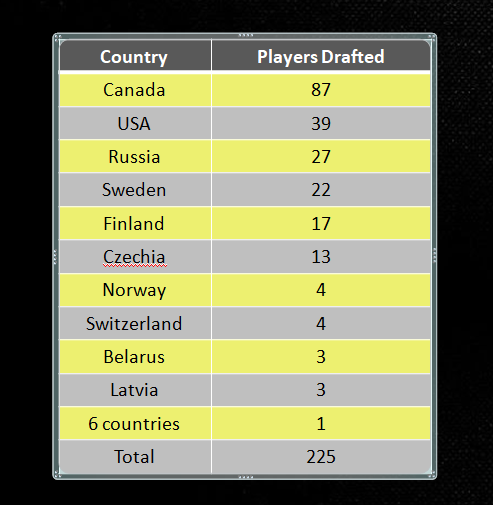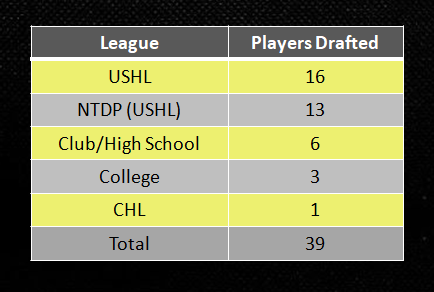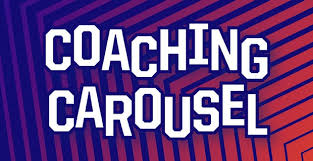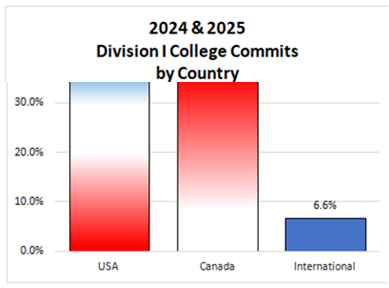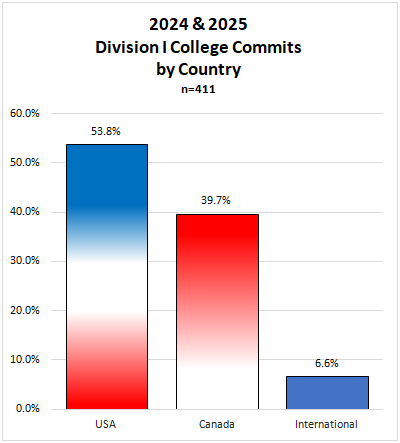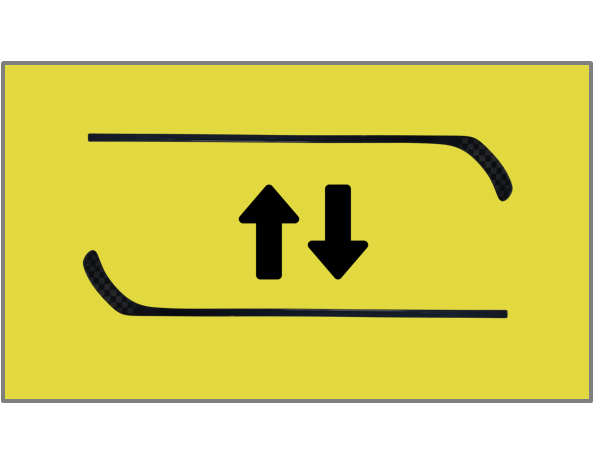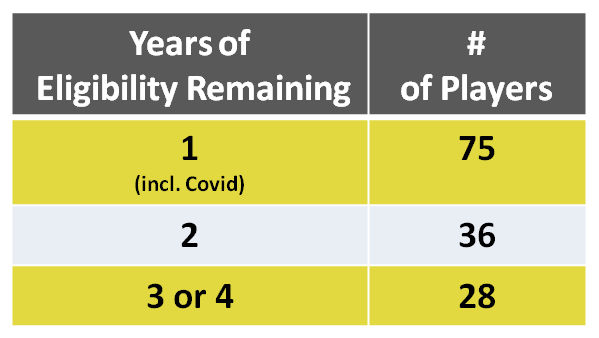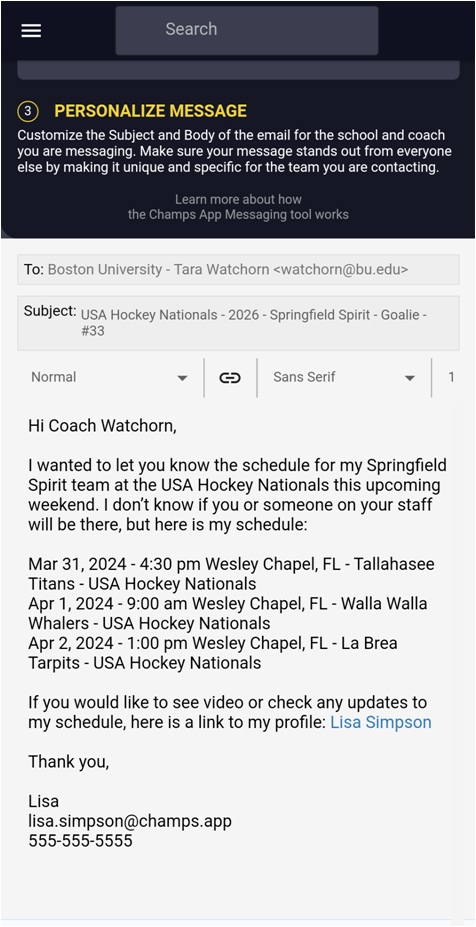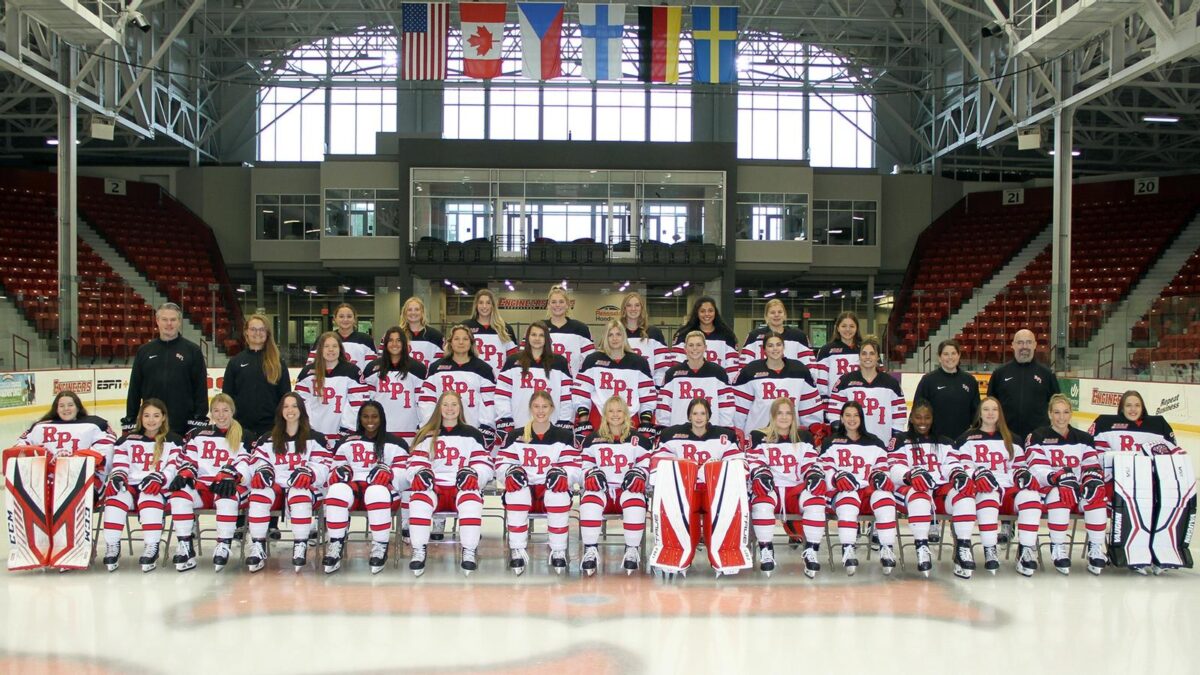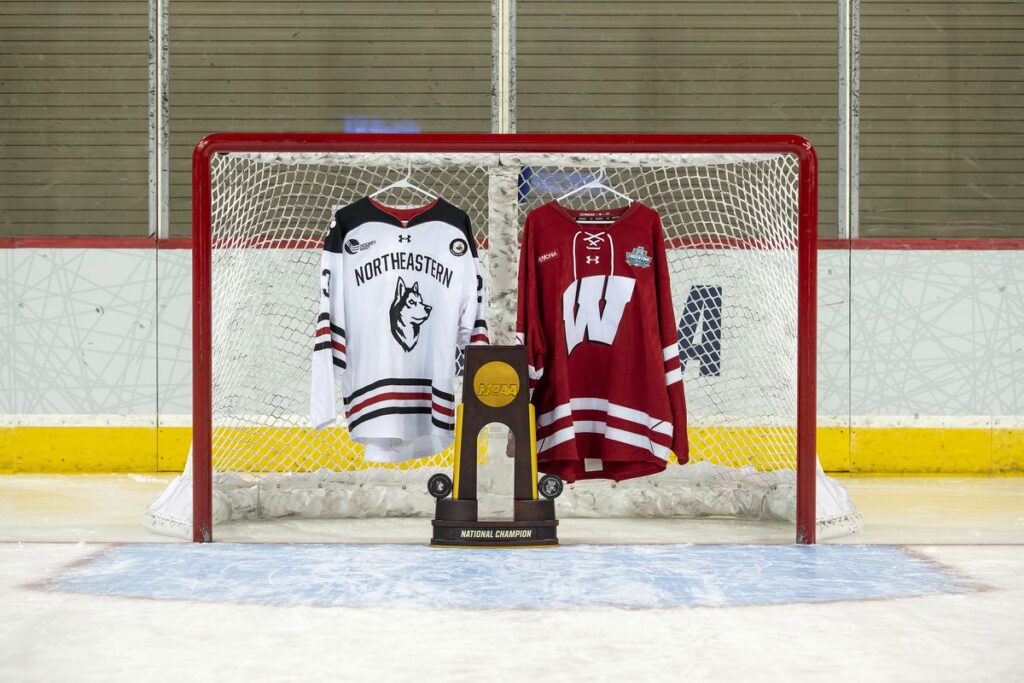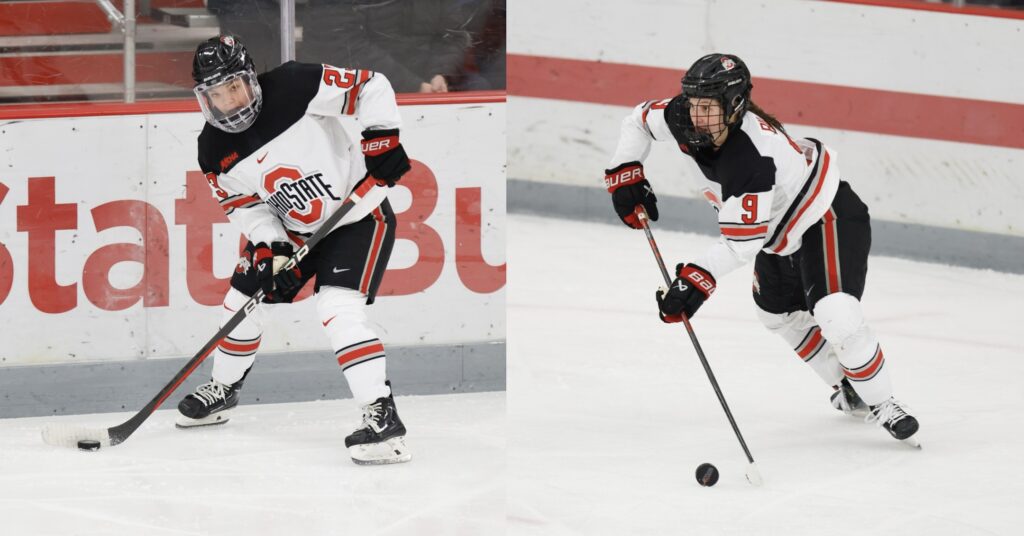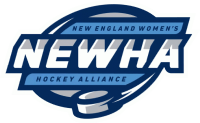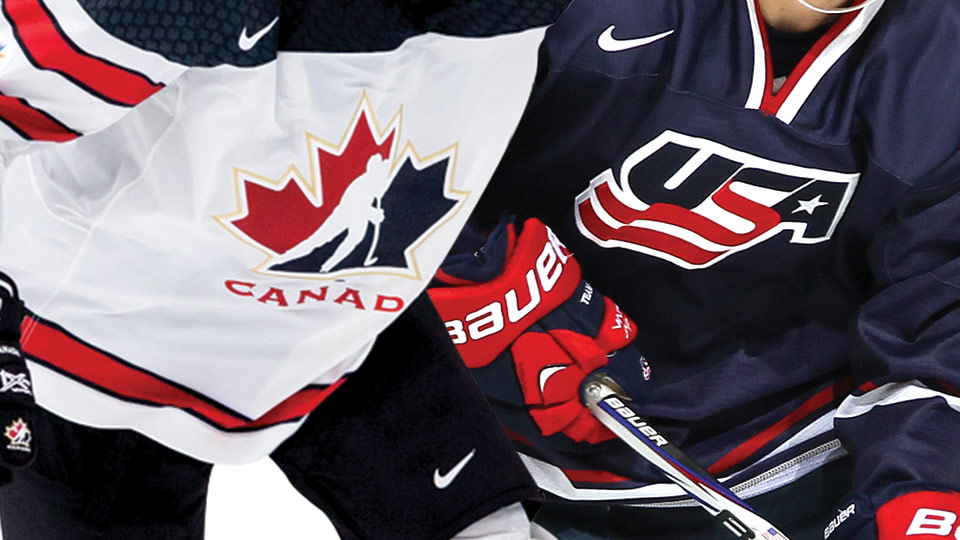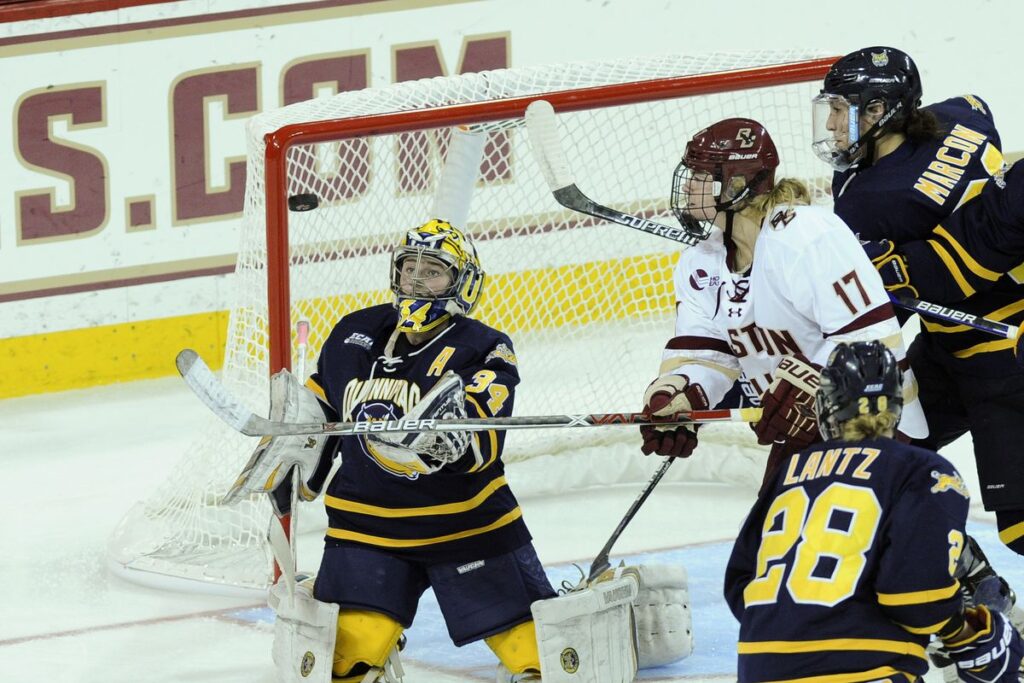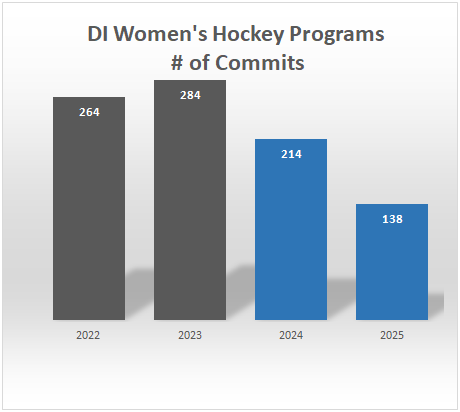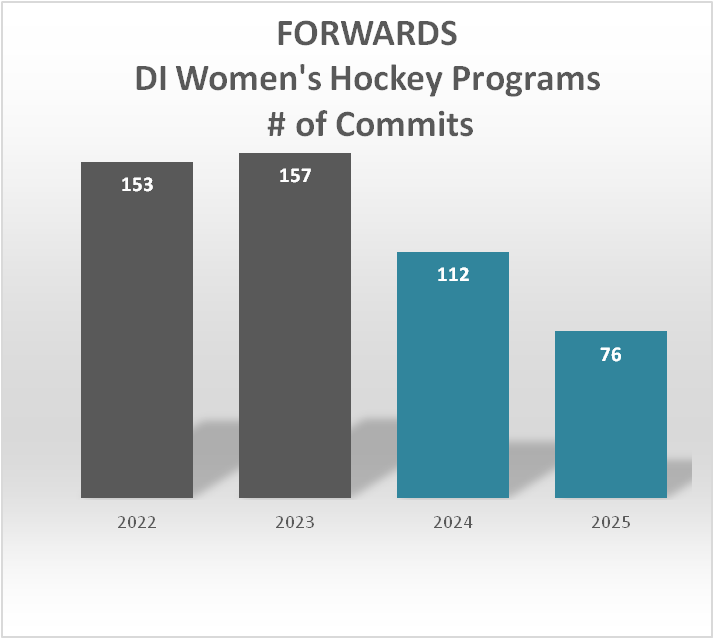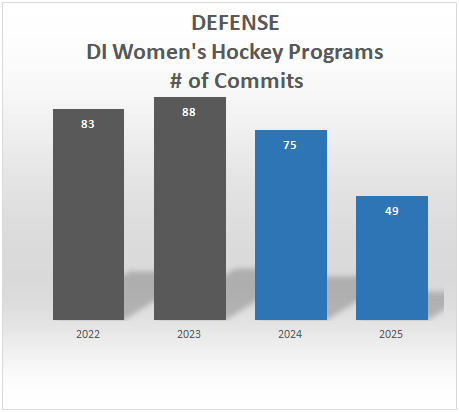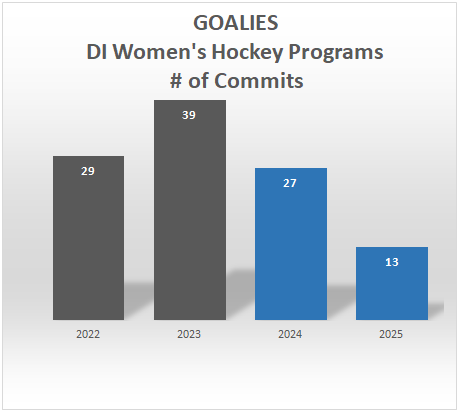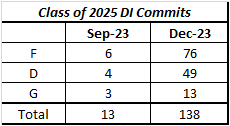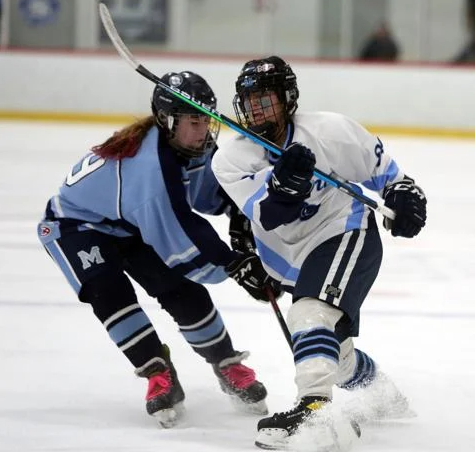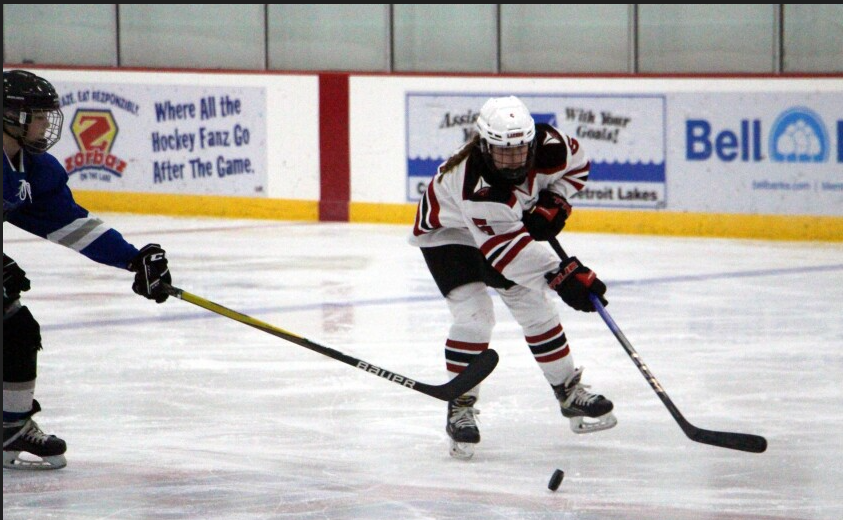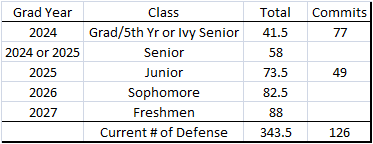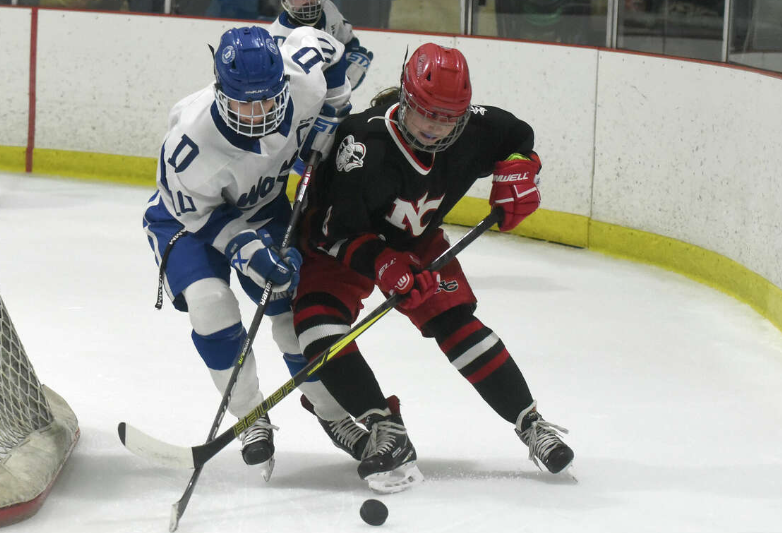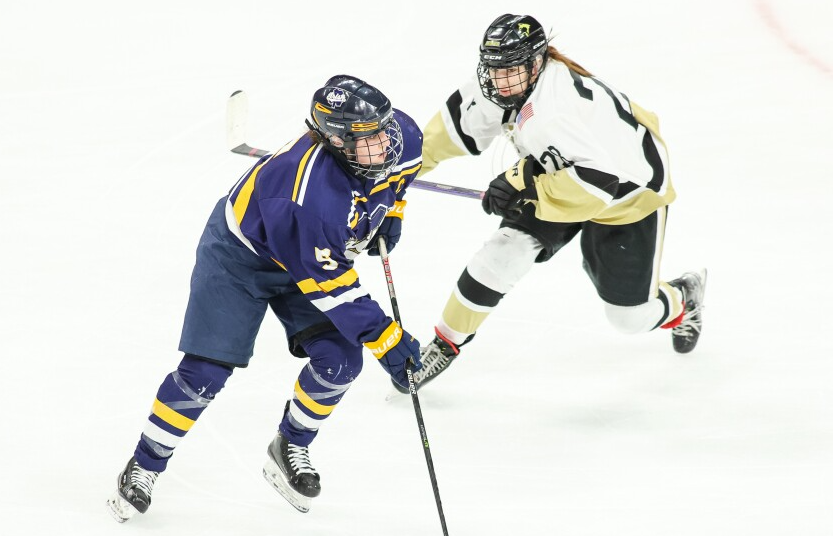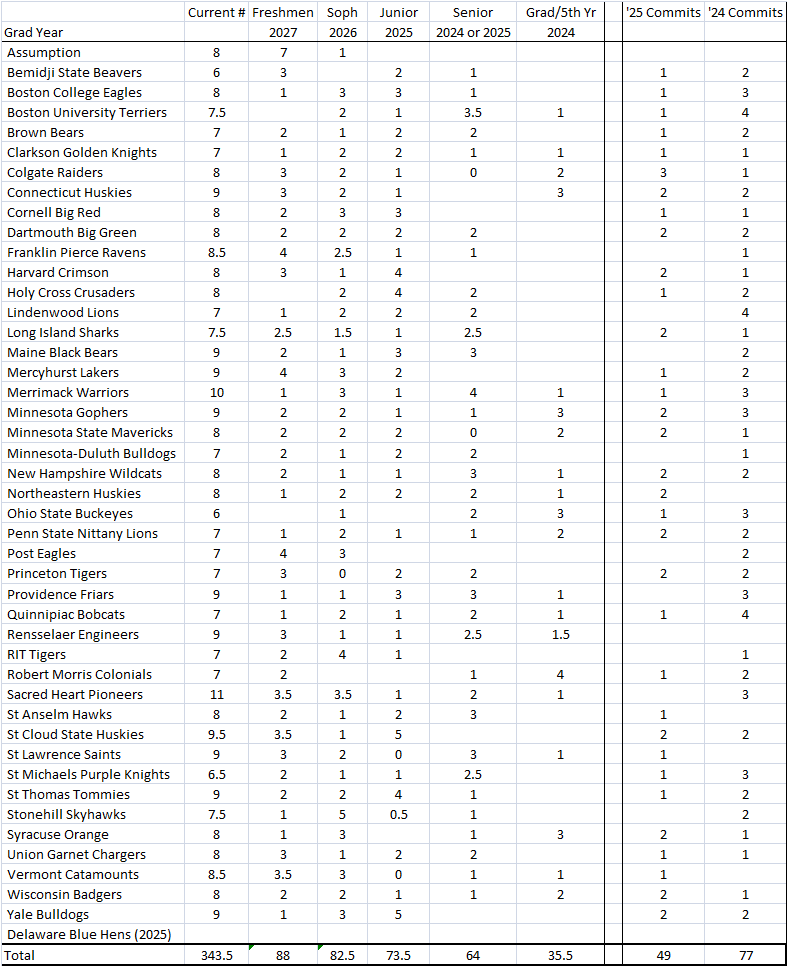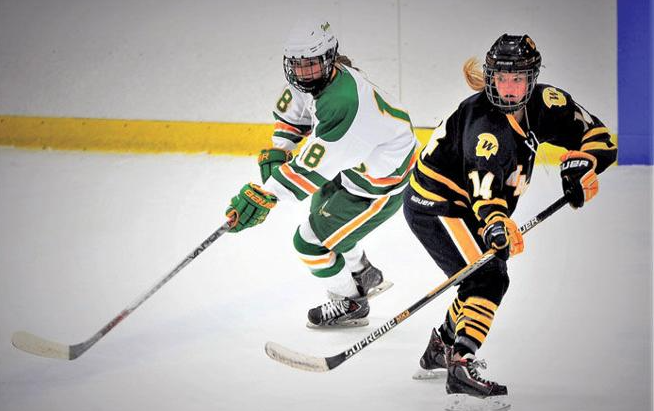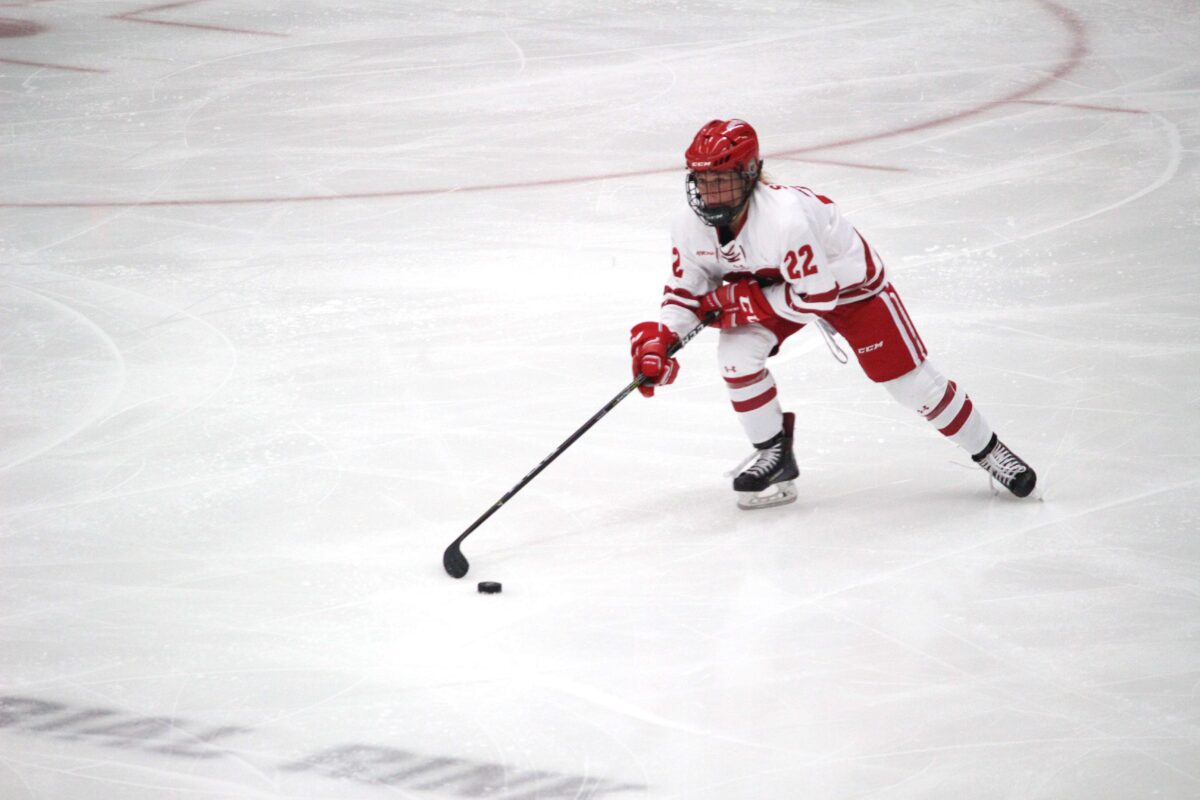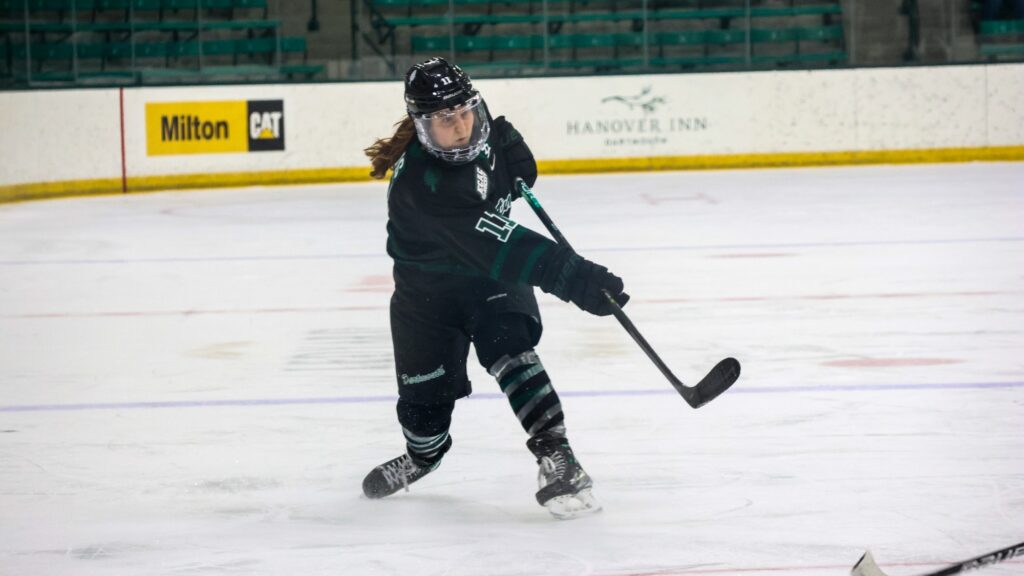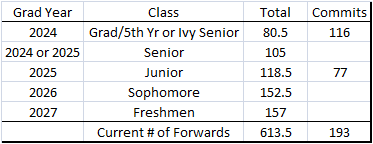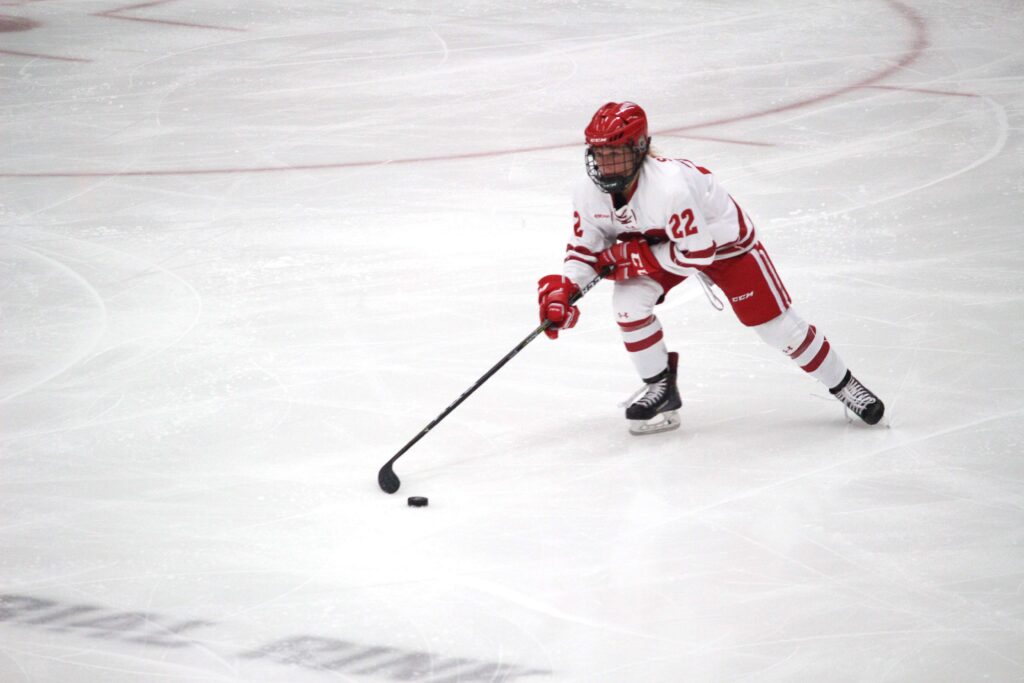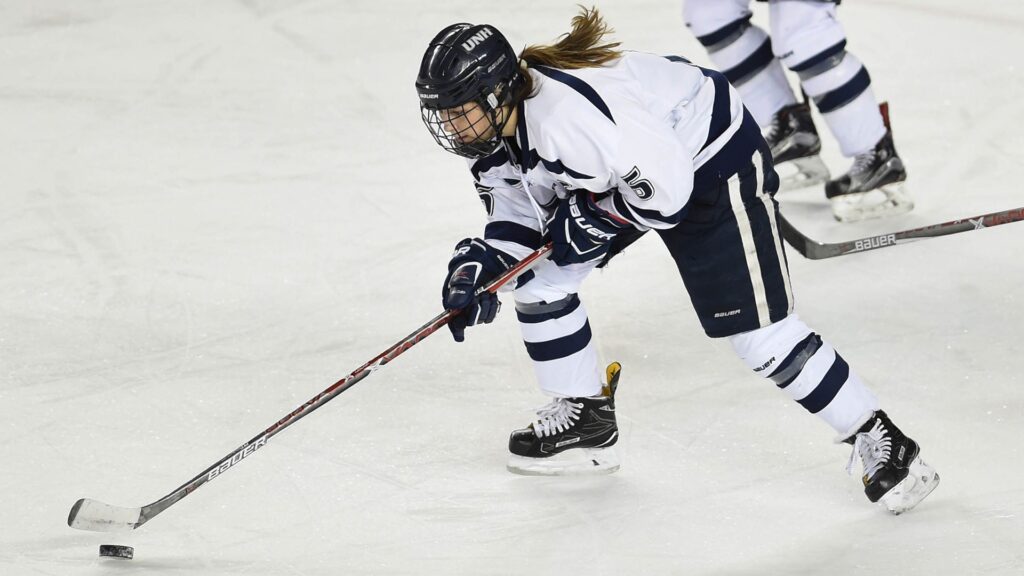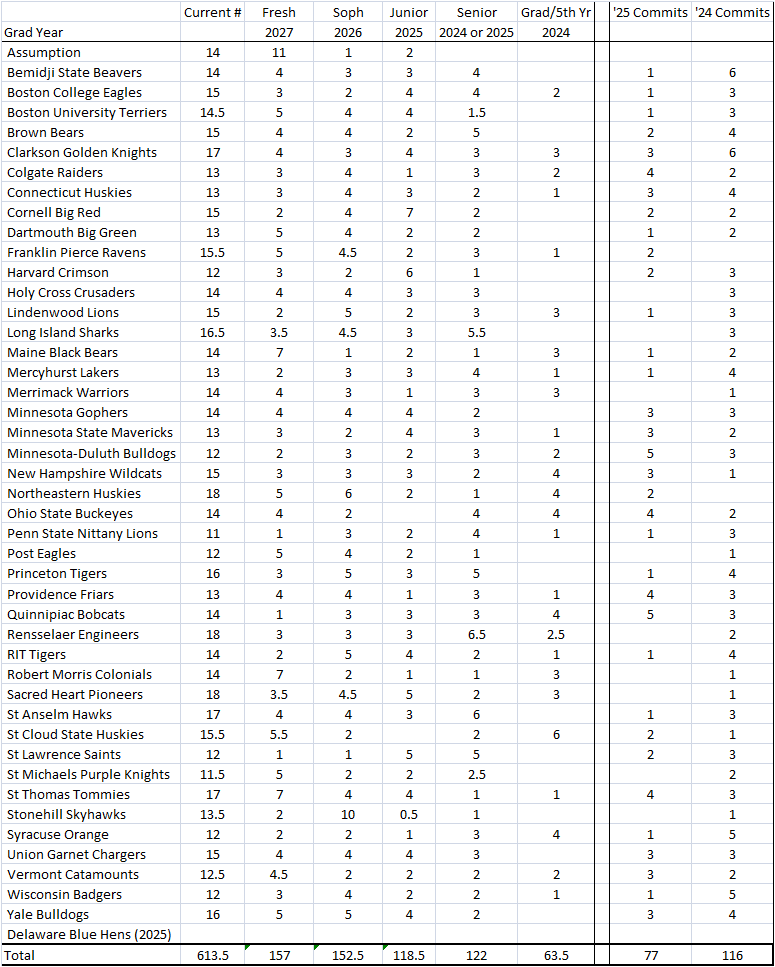For aspiring student-athletes, balancing athletics and academics is a critical challenge, especially when it comes to competing at the collegiate level. For those with dreams of playing women’s hockey in the Ivy League, there’s an additional layer to navigate: the Academic Index (AI). This unique tool plays a pivotal role in the recruitment process and determines whether a player can be admitted to an Ivy League institution.

What Is the Academic Index?
The Academic Index is a metric used by Ivy League schools to ensure that recruited athletes meet the rigorous academic standards expected of all students. This formula takes into account three main factors: GPA, standardized test scores (SAT or ACT), and class rank or a similar school-provided statistic (if available). The goal is to quantify an athlete’s academic performance into a single, standardized number that aligns with Ivy League admissions policies.
Though the exact formula may vary slightly between schools, the AI ensures that recruited athletes are not only strong competitors on the ice but also capable of thriving in demanding academic environments.
Why the Academic Index Matters
The Ivy League, unlike many athletic conferences, does not offer athletic scholarships. Instead, student-athletes are admitted based on a combination of athletic and academic achievements. The AI ensures that hockey players fit into the academic culture of the institution while allowing coaches to prioritize recruiting based on athletic ability.
For women’s hockey, this balance is critical. Coaches must build competitive teams without compromising the academic reputation of their programs. A low AI score can make it difficult for a coach to secure a spot for a prospective recruit, even if that athlete is highly skilled.
How Can You Calculate Your Academic Index?
While the exact calculation might vary slightly, a typical Academic Index includes the following components:
- GPA: Weighted or unweighted, depending on the school’s reporting method.
- Standardized Test Scores: Converted to a percentile rank to normalize across different testing scales.
- Class Rank or School Profile Data: For students whose schools don’t provide class rank, the rigor of coursework (like AP or IB classes) may be factored in.
There are online tools and resources that can help athletes estimate their AI. Understanding where you stand early in the recruitment process is essential to aligning your athletic and academic goals.

Tips for Navigating the Academic Index
- Start Early: The earlier you understand the AI and its implications, the better prepared you’ll be to meet academic requirements.
- Communicate with Coaches: Ivy League coaches can guide you through the AI process and help assess whether you meet the criteria.
- Focus on Academics: A strong GPA and high standardized test scores can offset minor weaknesses in other areas.
- Leverage Support: Many Ivy League institutions offer test-optional policies or holistic admissions processes—be sure to ask how these might impact your AI.
Conclusion
Playing women’s hockey in the Ivy League offers a unique opportunity to compete at a high level while earning a world-class education. Understanding the Academic Index is an essential step for any prospective recruit. By excelling both on and off the ice, student-athletes can position themselves to achieve their dreams of playing in the Ivy League.




